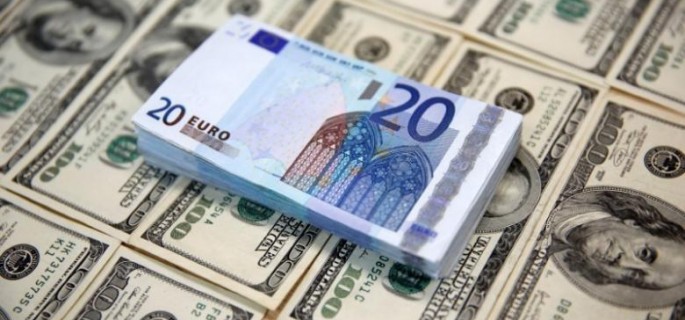Euro and US Dollar during COVID-19 outbreak: what’s happening to the currencies?

The U.S. dollar has risen in comparison to other currencies this week. Despite recent steps taken by world central banks to alleviate market stress, the US dollar demand was boosted by worries about the economic fallout caused by the outbreak of coronavirus pandemic.
The US dollar index, or, simply put, the currency’s strength against a basket of six other major currencies, increased from 1.0% to 101.76. This marked its highest mark since January 2017.
Marc Chandler, chief market strategist at Bannockburn Global Forex, commented:
“The dollar’s strength is, in effect, a powerful short-covering rally…It was used to fund a great part of the global circuit of capital. The circuit of capital is in reverse now, and the funding currency is being bought back.”
At the same time, the success of the US dollar has negatively impacted other currencies like the Euro forcing them to reach their years-long lows. The Euro was 1.31% lower and marked a price of $1.077 this week. This is the currency’s weakest point ever since April 2017. This might be explained by a quick rush of traders to dump euro positions despite an effort of the European Central Bank to prevent this from happening.
Even though the European Central Bank announced it will inject 750 billion euro into the economies of the European countries, traders were still not convinced enough.
Marc Chandler mentioned:
“While the ECB’s announcement has helped the bond market, it has done little for the euro.”
The ECB’s strategy stems from a decision that was made after an emergency meeting last Wednesday. The fall in the value of euro can be generally explained by a rush of investors to secure their short-dated funding.
Ulrich Leuchtmann, head of FX and commodity research had a comment to make in this regard:
“There are still fears about refinancing of European debt in U.S. dollars…The swap facilities should normally give access to euro funding. But I think this is not calming down the market. There’s a general assumption that there are a lot of U.S. funding needs, not just in Europe but also around the world as a whole.”
The bottom line of the situation on the currency market can be described as following: the majority of traders and investors are trying their best to keep their money in dollars because of the uncertainty caused by the global outbreak of coronavirus which is very likely to paralyse the whole global economy and lead it to the condition it was in during the 2008 economic crisis.
Generally speaking, the coronavirus pandemic is a huge burden for the whole EU zone as ever since the sovereign debt crisis of 2011 it was hard for all 19 EU countries to grow and expand their economies. And now we may see that highly-indebted nations like Spain, Portugal, Greece are seeking help from outside to support their financial markets.
While the WHO is concerned that Europe is to become the new epicenter of the virus where the number of cases rises exponentially, other experts are worried that the European bloc’s future is in danger and might not survive this pandemic. The Euro area is once again struggling to come together to fight with the common problem.
Karel Lannoo, chief executive officer at the Brussels-based think tank CEPS, claims:
“We could see a euro breakup.”
He also admitted that the costs of this would be “enormous”. That is why the EU zone needs to put in place a common fiscal policy as this only will allow them to respond to the issue quicker and more efficiently.



























